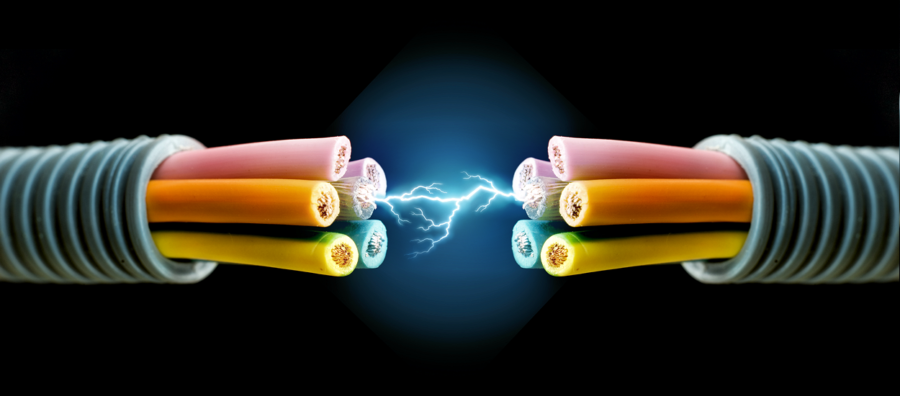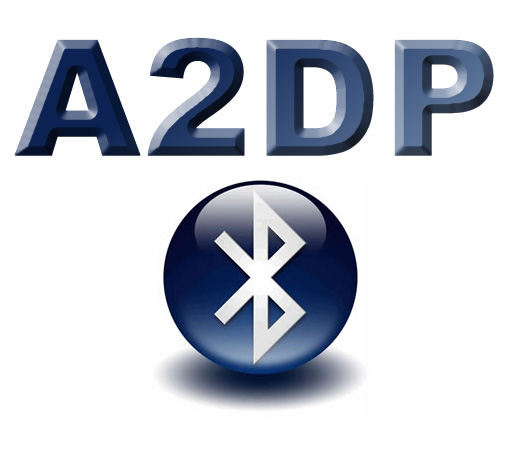Hello!
Wire or Bluetooth?
A similar dilemma sooner or later confronts almost every lover of mobile music, who is not alien to convenience and comfort.

Image taken from marshak.su website
Whether we like it or not, progress is relentless at the moment. Being an adherent of new technologies and the process of getting rid of unnecessary wires, I chose a phone with wireless charging, a keyboard and mouse for a computer must be wireless, while remaining true to the good old wire when listening to music. Cause? Signal quality is the cornerstone of wireless technology in mobile devices.

Image taken from narodnymi.com
In most smartphones, Bluetooth is responsible for wireless sound transmission. The use of this technology imposes certain restrictions, which ultimately lead to the fact that the output we get is completely different from the quality that is available with a wired connection.
A2DP
High power consumption, unstable connection and limited bandwidth made Bluetooth unsuitable for high-quality sound transmission. However, this communication standard has evolved and progressed. Power consumption decreased, new compression algorithms were added, new codecs were introduced, new profiles of interaction with equipment appeared, such as A2DP – Advanced Audi o Distribution Profile. With the help of A2DP, in particular, a full-fledged stereo sound transmission through Bluetooth is realized.

A2DP is responsible for pairing an audio source with wireless speakers, stereo headsets, etc., and also controls audio compression for transmission over Bluetooth using its own SBC (Subband Coding) algorithm, the compression methods of which are similar to those in the famous mp3 format. However, unlike mp3, sbc makes it coarser and more aggressive.
As a result, the quality of the sound passed through Bluetooth makes most music lovers wince, not to mention audiophiles, who consider using Bluetooth to transmit sound as sacrilege.
aptX
However, sbc has an alternative – the aptX algorithm, which many have heard of and know that the presence of this abbreviation in the description of a wireless device should mean an improvement in the quality of sound transmission, but they did not come across it as often as we would like.

AptX, or originally apt-X, was developed in the 1980s by Dr. Stephen Smith and described in his Ph.D. thesis at the Queen's University Belfast School of Electronics, Electrical Engineering and Computer Science.
As you can see, the technology is not as young as it might seem. For a long time, this algorithm was not widely known outside the environment of people professionally engaged in audio processing, since manufacturers did not really believe in the standard Bluetooth and were in no hurry to equip wireless devices for sound transmission with similar technologies (mostly mono Bluetooth – headsets) as they did not see much sense in this. In addition, aptX requires higher processing power to run. However, with the emergence of the ability to transmit full-fledged stereo sound via Bluetooth, as well as with the increase in the performance of mobile processors, aptX has become extremely popular not only in the professional environment, but also in consumer wireless electronics.
What does aptX do?
AptX is a standard for coding audio data (for example, music) for transferring it over Bluetooth from smartphones, tablets or computers to wireless speakers, headphones, etc. In fact, it is a codec that allows you to transmit sound with less loss and wider range. Among the characteristics of aptX, support for bit rates up to 352 kbps, and a frequency range of 10 Hz – 22 kHz.
A feature is also the fact that aptX requires support for this codec by both the receiver and transmitter. Otherwise, A2DP will use the built-in SBC. Also among the characteristics of aptx should be attributed the need for more processing power of the receiver and transmitter, which has become the main reason for the slow penetration of this standard into consumer electronics. At the moment, due to the explosive growth of computing power of devices, with a decrease in their size and power consumption, the introduction of aptX has ceased to be such a problem.
But we did not have time to enjoy the CD quality of the sound transmitted through Bluetooth using aptX, as Qualcomm, currently the owner of CSR, which in turn holds patents for aptX, introduced a new standard in 2016 audio encoding – aptx HD.
aptxHD
In contrast to aptX, the new standard has even more outstanding features, including support for formats up to 24 bit / 48 kHz and data rates up to 576 kbps.

What does it give us? In theory, we get sound quality comparable to the transmission of high quality sound over cable.
How do you get this 'wunderwaffe' into your own hands, or rather ears? But here is not so simple.
Firstly, both your devices, both the receiver and the transmitter, must be equipped with support for this codec, otherwise the magic will not work. Secondly, you need to carefully read the specifications of your device, because there may be surprises, such as this – in the specifications of the Snapdragon 820 processor, the presence of aptxHD is stated, but LG G5, based on this processor, received support for aptxHD, and the American variants of the Galaxy S7, S7 Edge, running on exactly the same processor, are content with only aptX. It's a shame, since I have just such an SGS7.

Conclusion
However, despite the relatively slow introduction of new technologies and methods of sound processing in the wireless audio segment, the process is underway, which is good news. And if earlier the locomotive of wireless audio was, in fact, only SonyEricsson, today manufacturers, having finally appreciated the prospects of this direction, have begun to actively launch wireless audio devices on the market.
As much as the adherents of the traditional connection method oppose, the days of the wire are numbered. Over time, an increasing number of wireless gadgets will be equipped with aptxHD support, new technologies and algorithms will appear, which means that we may be able to completely abandon wires without losing sound quality.
